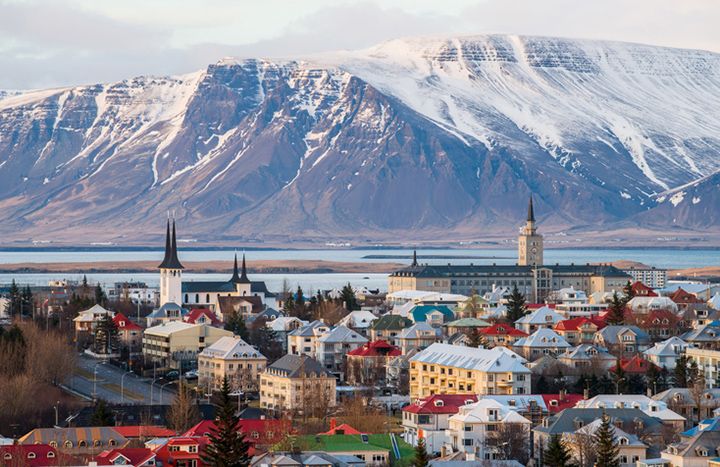Happy International Women’s Day! With the spotlight heavily pointed at women across the internet today, we’ve decided to take a look at the quality of life for women around the globe. Recently, HuffPost dubbed Iceland the ‘Best Place in the World to be a Woman.‘ Though they have some impressive numbers on paper, it’s clear that issues of harassment and abuse are still a huge concern.
Here are some of the facts to let you make the final call:
Closing the Gender Gap
For nearly a decade, Iceland has ranked extremely high on the World Economic Forum’s annual gender gap report, which ranks countries’ progress toward gender equality across areas including economic participation, political representation, education and health. In 2016, they placed first, and in 2018 they placed third. For comparison, the United States ranked 51st last year.
Female Leadership
In 1980, Iceland became the first country to democratically elect a female president. The current prime minister, Katrín Jakobsdóttir, elected in 2017, is the second woman in that position in Iceland’s history.
In 2016, nearly 48 percent of the elected members of Iceland’s Parliament were women, currently it’s at about 38 percent, towering above the U.S. where women only make up 23.7 percent of Congress.
RELATED: Iceland Takes First Place On List Of Safest Countries For Travel
Vocal and Proud
Iceland is known for its strong women’s movement that saw nearly 90 percent of the female population show up in 1975 to protest for women’s equality.
Equality in the Workplace
Despite some initial pushback, Iceland implemented mandatory gender quotas for company boards and today women make up 43 percent of the boards of the largest publicly listed companies. In comparison, the U.S. is only at 21.7 percent.
Iceland is also the only country in the world that requires companies to prove that they are providing equal pay for men and women. The equal pay law was put into effect in 2018 requiring that companies with staffs of 25 people or more will have salaries independently audited every three years.
RELATED: Know Before You Go: Reykjavik, Iceland
Maternity & Paternity Leave
Starting in 2000, new parents are entitled to nine months of shared leave while receiving 80 percent of their average salaries. Currently, that means mothers get three months, fathers get three months, and the remaining three months can be shared between both parents. Soon that could get even better, with a new law about to pass through parliament entitling parents to 12 months of shared leave time.
Future Generations
Thanks to a high school teacher in Reykjavik, gender studies courses are offered in around half of high schools and are mandatory in 10 percent of all high schools, paving the way to equality for future generations.
However, as lovely as this all sounds on the surface, it’s important to note that Iceland also suffers from some pretty high rates of rape and harassment. Social media groups have popped up encouraging women to share these experiences, with one Facebook group housing roughly 20 percent of the female population of Iceland.
Not to mention, Iceland’s lack of black people and recent issues with racism make the country a bit less welcoming for many of us. The jury is still out the bold claim that Iceland is the “Best Place in the World to be a Woman,” but they are certainly taking the lead in many areas.
